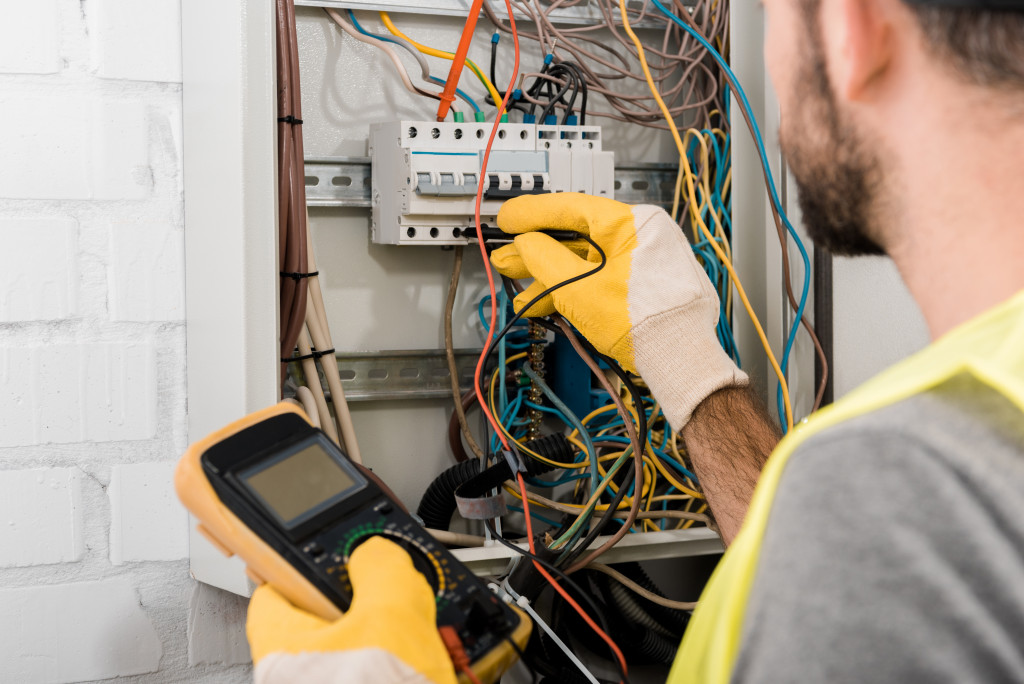All electrical test equipment comes with safety instructions specific to the use of the equipment. However, most of these rules are similar in tools doing the same task. However, when it comes to specialised test instruments such as insulation testers, noncontact voltage testers and proximity devices, some rules may change or be added. Here is a quick look at some of the safety procedures and advice when working with test instruments.
Go for the Right Instruments
Many test instruments can do the same job. However, conditions such as voltage and environment may differ. As a minimum, you should always check the voltage or wattage limits for your instrument to determine if it is within the working currents in your test area. Besides, ensure that the environment is right in terms of dampness, temperatures and dust. Lastly, ensure that you are using equipment of the correct CAT category depending on your work.
Safety When Working with Test Instruments
Given the high risk that accompanies the use of such instruments, only personnel with the right qualifications should test, troubleshoot and measure the voltage of the equipment in question. The qualified personnel can work within the Limited Approach Boundary, but unqualified people must stay out of the boundary to prevent electrocution or injury. The instruments must be inspected for any physical and electrical circuit defects before every use.
On the other hand, testing instruments used for testing the absence of voltage should first be used on a known source of electricity. You should also check the voltage on a de-energised conductor to collaborate the readings. After testing, check the instrument with a known source of voltage. Most specialty electronic parts for sale are tested at the shop. However, it does not hurt to recheck them and ensure that they are working right. Use the right voltage and parameters when doing the testing.
Working in High Voltage Areas
 You should always use a meter with overload protection on the ohms feature. Besides, read and follow all the operating instructions to prevent damage or injury. Before connecting it to the circuit, ensure you have set it to the proper function and voltage/current range. Once done, always disconnect the hot test lead (the red one). Finally, do not forget to use the appropriate equipment such as high current clamps or high voltage probes.
You should always use a meter with overload protection on the ohms feature. Besides, read and follow all the operating instructions to prevent damage or injury. Before connecting it to the circuit, ensure you have set it to the proper function and voltage/current range. Once done, always disconnect the hot test lead (the red one). Finally, do not forget to use the appropriate equipment such as high current clamps or high voltage probes.
Grounding is Vital
It is vital to implement all the safe grounding procedures before starting to work on any electrical equipment. Every conductive part operating in high voltage should at all times be maintained at ground potential except those parts that are guarded. Remember to ground any parts that you are testing before running the current.
Safety is Paramount in Testing Electrical Systems and Electronics
Your safety takes precedence when working with any equipment or electric systems. Therefore, take every step to ensure that you are well protected. Failure to follow the safety protocols may lead to various accidents including explosions, electrocution, arc flash, damage to equipment, highly charged vapours and death. Therefore, it does not hurt to take time and ensure safety, especially for high voltage test tasks.

